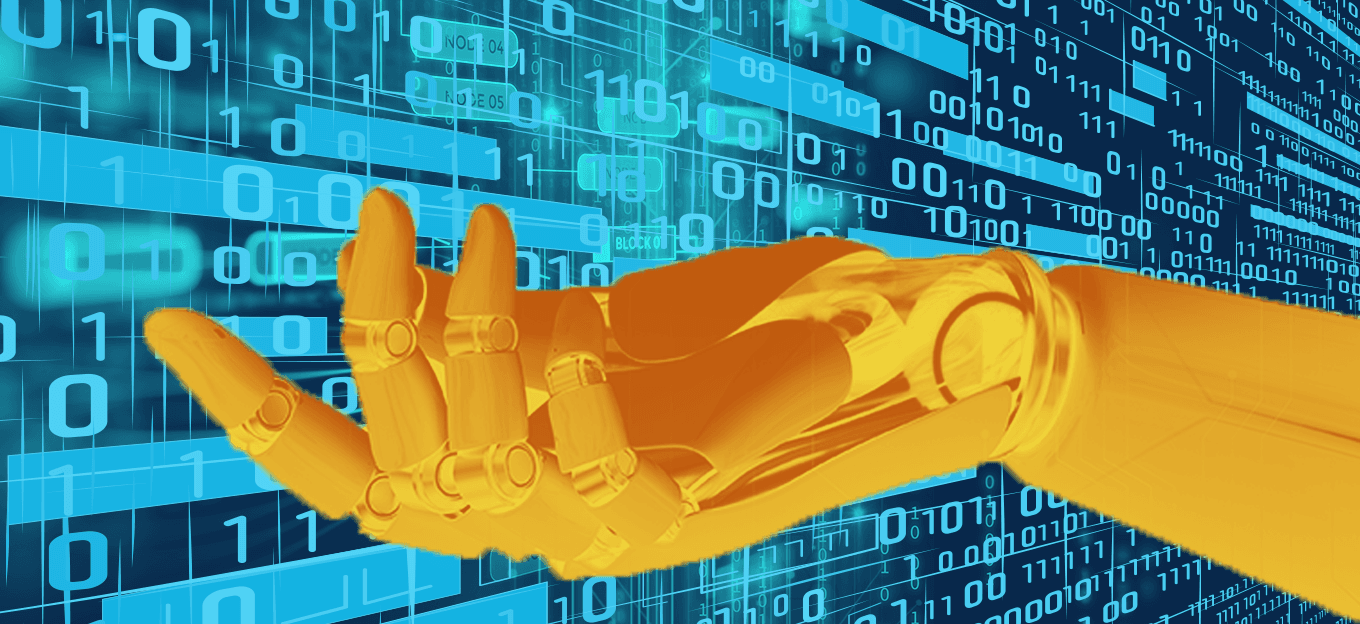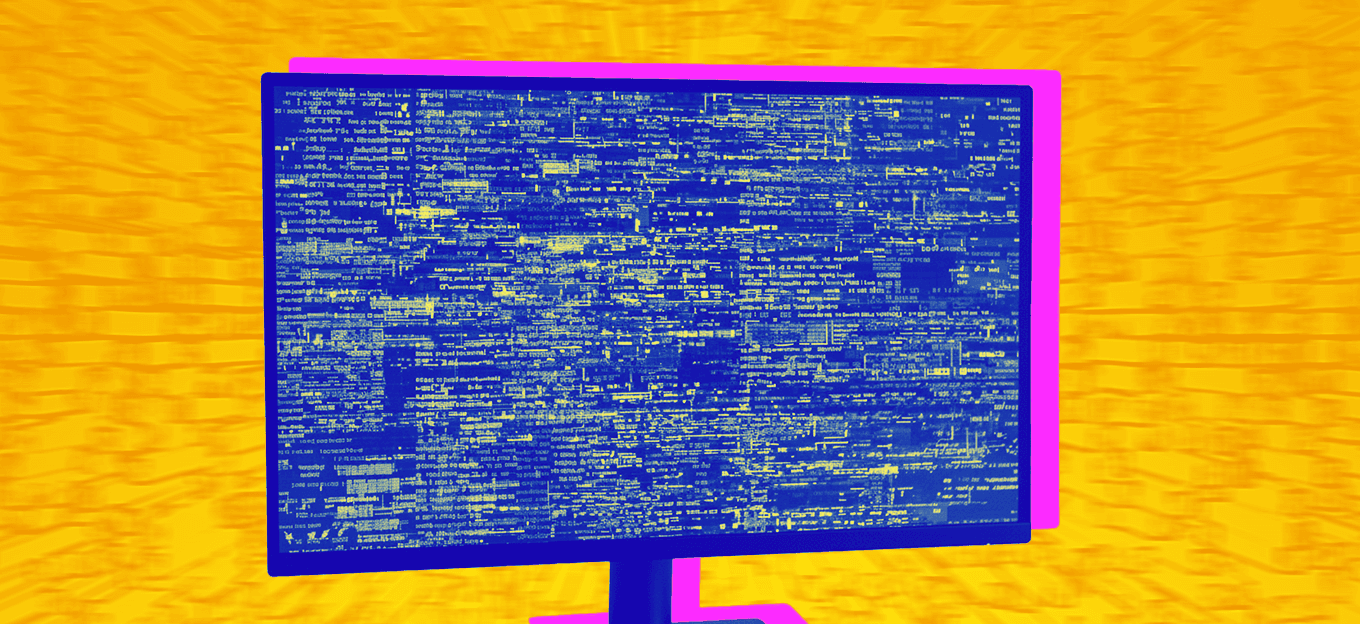How Computer Vision is Powering Marketing Strategies in 2022
How Computer Vision is Powering Marketing Strategies in 2022
- Last Updated: December 2, 2024
Guest Writer
- Last Updated: December 2, 2024



The field of marketing has evolved remarkably in the past several years. Companies have found better ways to reach customers, gather relevant data, and process information to gain valuable insights using new technologies. Some of the more common technologies we see companies using include big data, artificial intelligence, machine learning, and computer vision. When used intelligently, combining marketing with technology can enhance your brand productivity and efficiency.
Similar to the way we use various senses to get a better feel for our surroundings, these technologies act as a business’s eyes and ears. Brands can begin to create better strategies by using the data collected by these technologies.
'Computer vision is helping brands transform and improve their marketing practices by providing a more personalized brand experience to the consumers, ensuring they will come back again.' - Logo Poppin
Five Ways Computer Vision Helps the Marketing World
Today, with the advent of better mobile devices and connectivity infrastructure, computer vision is helping brands transform and improve their marketing practices. The purpose is to provide a better, more personalized brand experience to the consumers, ensuring they will come back again.
Let’s look at five remarkable ways companies are using computer vision to combine marketing with technology.
Tracking Brand Logo Through Object Recognition
Consumers leave reviews on a variety of platforms online. Companies hire entire teams to scour individual social media platforms or websites to find posts that could potentially harm or help the brand. This is not only time-consuming and expensive, but it is also not thorough. Here, computer vision comes into the picture.
Gumgum is a company that provides, in their own words, “Social listening services.” The company utilizes computer vision to find and identify individual brand logos and every accompanying review they have online. While this is an effective solution, images tagged with relevant captions by consumers help make this process faster and more accurate. Through marketing with this technology, brands can discover how customers interact with their product and gather valuable feedback on what may need improvement.
Visual Product Discovery & Reverse Image Lookup
Considering the rise of e-commerce and online businesses, it's critical to understand how consumers search for your products. Most online shopping sites utilize a search bar for consumers to search for required products using text phrases. However, this type of search system requires that all products are tagged using appropriate descriptors. But these tags are not consistent across platforms and instead rely on individual retailers or outlets. Therefore, this process can be unreliable. Some platforms, like Pinterest, use specialty tools to allow consumers to search via images. This removes the need for manual tagging entirely, and it can be used as an excellent search and filtration tool.
Logging Consumer Emotions Through Computer Vision Camera Technology
Better processing power, improved camera technology, and the advent of powerful image-processing algorithms allow brands to use computer vision. This computer vision technology is used to analyze customer reactions in order to better understand the emotions your products elicit.
Disney designed a system using infra-red cameras, which record and log their audience's reactions to their movies. The accompanying algorithm was designed to process the subtle facial cues and gestures to predict how the viewer felt at each part of the movie. The system, the Factorized Variational Autoencoders, was a huge success.
Identifying and understanding the emotions your products evoke in consumers is necessary. Through the use of this computer vision knowledge, businesses can now predict how their target market will react to a potential outcome, as well as the approximate sales it will generate if launched. These projections help brands plan their strategies accordingly.
Key Aspect of Marketing: Customized & Original Content
In business marketing, original content is currency. With various platforms and formats to pursue, brands race to leave their competition behind by being the first to provide new and unique content.
By using a deep learning process called Generative Adversarial Networks (GANs), brands can speed up the process when it comes to visual content. GANs can help create high-quality and realistic images, videos, and even three-dimensional imageries. A GANs tool created by a Japanese firm, DataGrid, allows its users to create realistic images of fashion models without the need for live models. Therefore, instead of scheduling and planning new shoots with actual models, brands can use the tool to quickly produce new fashion shoots at a fraction of the price. Not only this, but it also ensures originality.
Similarly, many online logo design tools use AI and GANs to create highly customized, unique designs that fit their brands. Often, amateur comic artists use online tools to generate superhero logos for their characters. Taking visual cues from established characters, these tools create attractive and unique options for use.
Photo Scoring to Rank Images
Platforms like Yelp often rank both the restaurants and reviews featuring images over those that do not. The purpose is that the platform tries to select the images based on the likelihood that they will attract views. However, rather than using a primitive, likes-based system, the platform judges these images based on characteristics that matter in photography. Metrics like contrast, lighting, angle, and depth of the image are used to rank photos one over the other. Yelp’s photo scoring model is based on a convolutional neural network, which assigns a higher weightage to DSLR images and a lower weight to non-DSLR images. This way, they filter the mediocre pictures from the impressive ones efficiently.
Computer Vision's Reach in the Market
With the market becoming increasingly share-happy, collecting and formatting visual data into usable datasets is essential for marketing teams now. By using computer vision, and combining marketing with technology, a brand can cut costs and time by maximizing its return on investment through better campaign planning, strategizing, and more. Today, computer vision and related technologies are still being improved upon. Adopting them as soon as possible will ensure that you reap the most benefits these systems offer businesses today.
The Most Comprehensive IoT Newsletter for Enterprises
Showcasing the highest-quality content, resources, news, and insights from the world of the Internet of Things. Subscribe to remain informed and up-to-date.
New Podcast Episode

IoT and AI in 2026
Related Articles





